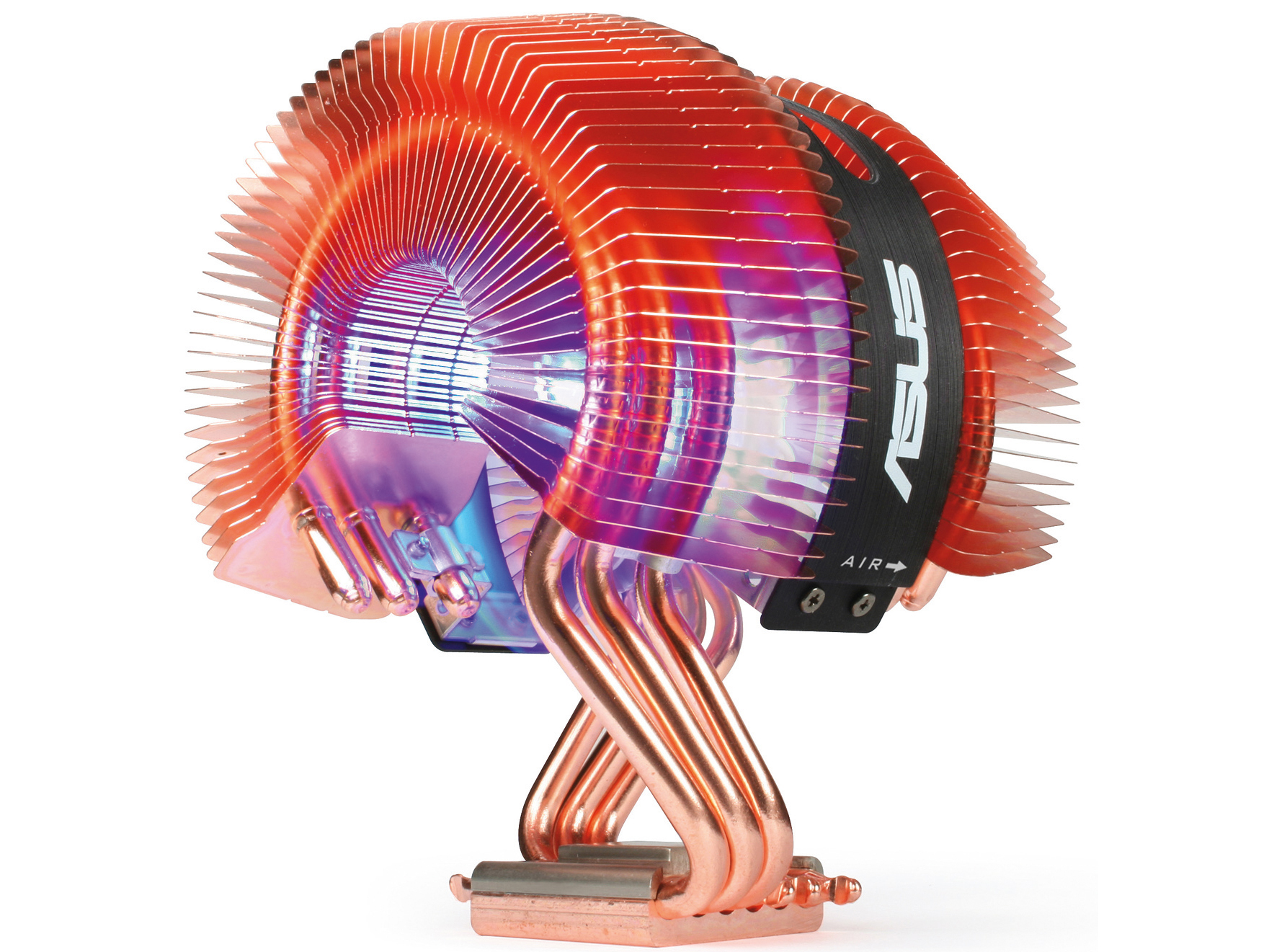TechRadar Verdict
This kind of cooling power should be compulsory for Quad-Core fans
Pros
- +
Works very well
Cons
- -
Pretty huge
Why you can trust TechRadar
So you know the score by now - greater surface area means a greater ability to dissipate heat, and the Silent Knight CPU cooler has the surface area of a football pitch.
All right, that might be a wee bit of an exaggeration, but with six sausage-fat copper pipes transferring the molecular agitation we know as heat to the all-copper cooling ?ns, and a central, LED-lit ?n sucking cool air over said ?ns and blowing the warm stuff out the other side, the design is very heat-ef?cient.
It's also friendly to all recent ?avours of CPU platform - LGA775 (for Pentium 4 to Core 2 Duo), and on the AMD side, sockets 939, 940 and AM2. You'll have to pry your motherboard out to ?t the relevant backplate, every ?avour of which is included, so this isn't just a plug-and-play piece of technology.
However, this all-copper monster should see you through happily until your next PC, and a chassis with an acrylic side-panel will show it off to great effect. Best of all, it knocks, on average, 15ºC off your CPU's operational temperatures, which makes it an ideal overclocker's tool.
And if you've been keeping up with the Quad-Core news, you'll know how hot that chip gets, which makes this a near-as-dammit essential purchase.
Sign up for breaking news, reviews, opinion, top tech deals, and more.
Tech.co.uk was the former name of TechRadar.com. Its staff were at the forefront of the digital publishing revolution, and spearheaded the move to bring consumer technology journalism to its natural home – online. Many of the current TechRadar staff started life a Tech.co.uk staff writer, covering everything from the emerging smartphone market to the evolving market of personal computers. Think of it as the building blocks of the TechRadar you love today.
